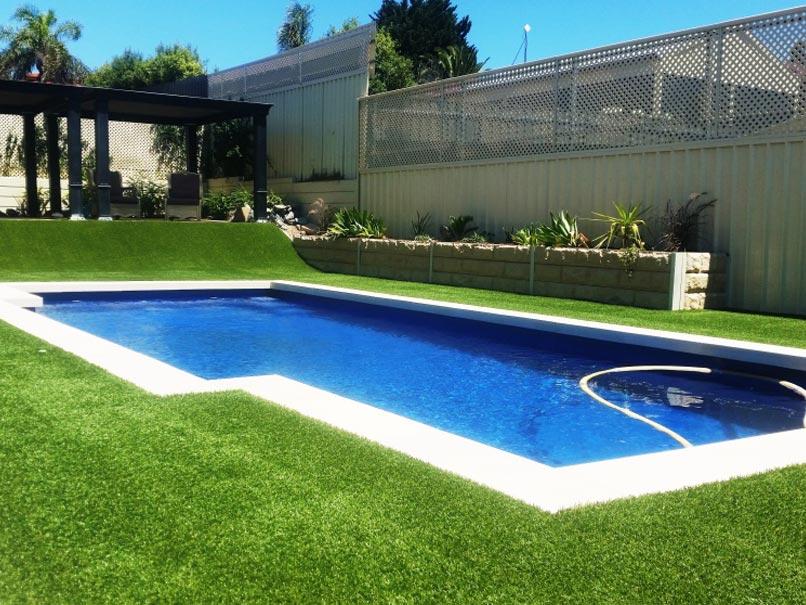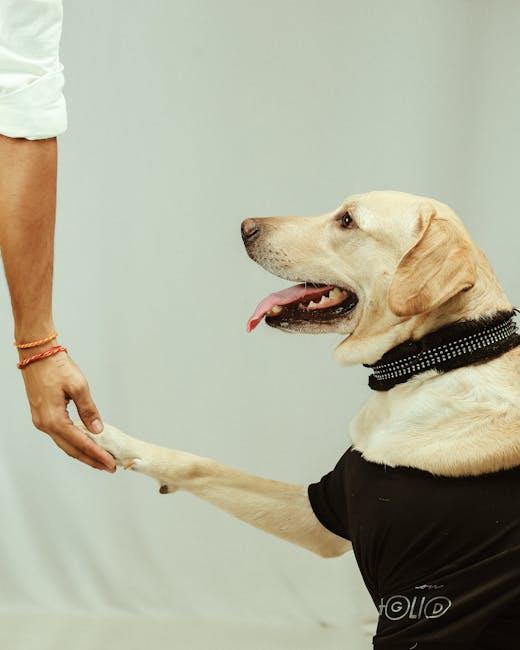Welcoming a furry friend into your home brings joy, laughter, and a touch of chaos. As much as we adore their playful antics and warm cuddles, there are moments when setting boundaries becomes essential—especially when it comes to preserving our beloved furniture. Whether you’re dealing with a curious cat or a playful pup, teaching your pet to stay off the furniture can be a rewarding experience that strengthens your bond. In this warm, step-by-step guide, we’ll walk you through gentle and effective techniques to help your pet understand their limits while ensuring your home remains a harmonious haven for both humans and animals. Let’s embark on this journey of mutual respect and understanding, where patience and love pave the way to a well-mannered pet.
Understanding Your Pets Behavior
Understanding your pet’s behavior is essential when it comes to training them to stay off the furniture. Pets, much like humans, are creatures of habit and comfort. They are naturally drawn to soft, elevated spaces that mimic their instinctual desire for security and warmth. Recognizing this need can help you approach the training process with empathy and patience.
To effectively teach your furry friend to respect the boundaries of your living space, consider these gentle strategies:
- Provide Alternatives: Offer cozy pet beds or blankets in areas where they can relax comfortably. By creating inviting spaces of their own, pets are less likely to seek out your furniture.
- Positive Reinforcement: Reward your pet with treats or affection when they choose their designated spot over your couch. This reinforces the behavior you want to see.
- Consistency is Key: Ensure that all family members are on the same page regarding furniture rules. Mixed signals can confuse your pet and delay progress.
- Use Gentle Deterrents: Products like pet-safe sprays or placing aluminum foil on furniture temporarily can discourage pets from jumping up, as they dislike the texture or sound.
By understanding the reasons behind your pet’s actions and implementing these compassionate techniques, you can maintain a harmonious home where both you and your pet are comfortable and happy.

Creating a Comfortable Alternative Space
Transforming a part of your home into a cozy haven for your furry friend can be both rewarding and fun. Start by identifying a dedicated area where your pet can unwind and feel at home. This could be a corner of the living room or a cozy nook in the bedroom. To make this space inviting, consider adding some or all of the following elements:
- Soft bedding: Choose a plush bed or a thick blanket that offers warmth and comfort.
- Favorite toys: Place a few of their beloved toys to keep them entertained.
- Scratch pads or posts: If you have a cat, this will provide a place for them to exercise and stretch.
- Pet-friendly plants: Add a touch of nature with non-toxic plants that are safe for pets.
- Personal items: A piece of your clothing can offer them comfort with your familiar scent.
Enhancing this space with love and attention will encourage your pet to choose it over your furniture, making it a win-win for both of you. With patience and consistency, your pet will soon regard this spot as their very own retreat.

Positive Reinforcement Techniques
- Reward Good Behavior: The moment your pet chooses to sit on their designated spot instead of the couch, shower them with praise or give them a small treat. This immediate positive feedback helps them associate staying off the furniture with something enjoyable.
- Use Clicker Training: Incorporate a clicker to mark the precise moment your pet makes the right choice. Pair the clicker sound with a treat, reinforcing the behavior you want to see more often.
- Offer Alternatives: Provide a comfortable bed or a cozy blanket in a preferred spot as an enticing alternative to the furniture. Encourage your pet to use this space by occasionally placing treats or toys there.
- Consistency is Key: Make sure everyone in the household is on the same page. Consistent responses to your pet’s actions help them learn faster and avoid confusion.
Positive reinforcement is about building a trusting relationship with your pet. By focusing on what they do right, you create an environment where they feel safe and motivated to follow your lead. Remember, patience and persistence are your allies in this journey.

Consistency and Patience in Training
In the journey of teaching your pet to respect boundaries, particularly when it comes to staying off the furniture, consistency and patience become your most loyal companions. It’s important to remember that change doesn’t happen overnight, and your furry friend needs time to adjust to new rules. Be consistent with your commands and rewards, ensuring that everyone in your household follows the same guidelines. This unified approach helps avoid confusion and reinforces the behavior you want to cultivate.
Patience is equally crucial. Training is a gradual process, filled with small victories and occasional setbacks. Celebrate the little wins with affection and treats, as these positive reinforcements encourage your pet to repeat the desired behavior. Here are a few tips to keep in mind:
- Maintain a calm and encouraging tone during training sessions.
- Use clear and consistent commands to avoid mixed signals.
- Reward positive behavior promptly to strengthen the association.
Remember, every pet learns at their own pace. By blending consistency with a gentle, patient approach, you’ll foster an environment where your pet feels supported and motivated to learn.

